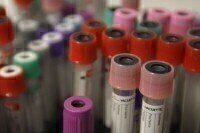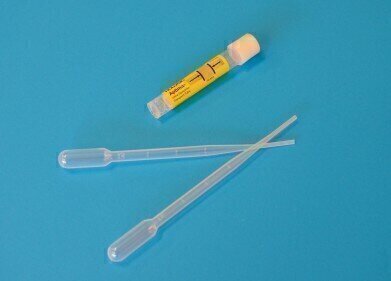-
 Sources of lead have been identified through blood samples from children.
Sources of lead have been identified through blood samples from children.
Electrophoretic Separations
Study of children used to identify lead sources
Sep 01 2011
The study, published by Environmental Health journal, and undertaken by a team in France, was prompted by the difficultly in identifying new sources of lead.
Exposure has significantly decreased in recent years as the amount of lead in the environment has fallen, however, it is becoming increasingly difficult to identify new sources of lead even though exposure of children to lead, even at low levels, is a major health risk.
Blood samples were taken from 125 French children, environmental samples were taken from their homes and personal information was taken.
Using quantitative analysis, the isotopic signatures of potential sources of lead were matched with blood samples in order to identify likely exposure sources.
Lead isotope ratios revealed a single suspected source of exposure for 32 per cent of the subjects and were able to eliminate at least one unlikely source of exposure for 30 per cent of the children.
Digital Edition
Chromatography Today - Buyers' Guide 2022
October 2023
In This Edition Modern & Practical Applications - Accelerating ADC Development with Mass Spectrometry - Implementing High-Resolution Ion Mobility into Peptide Mapping Workflows Chromatogr...
View all digital editions
Events
May 05 2024 Seville, Spain
May 15 2024 Birmingham, UK
May 19 2024 Brno, Czech Republic
May 21 2024 Lagos, Nigeria
May 23 2024 Beijing, China













